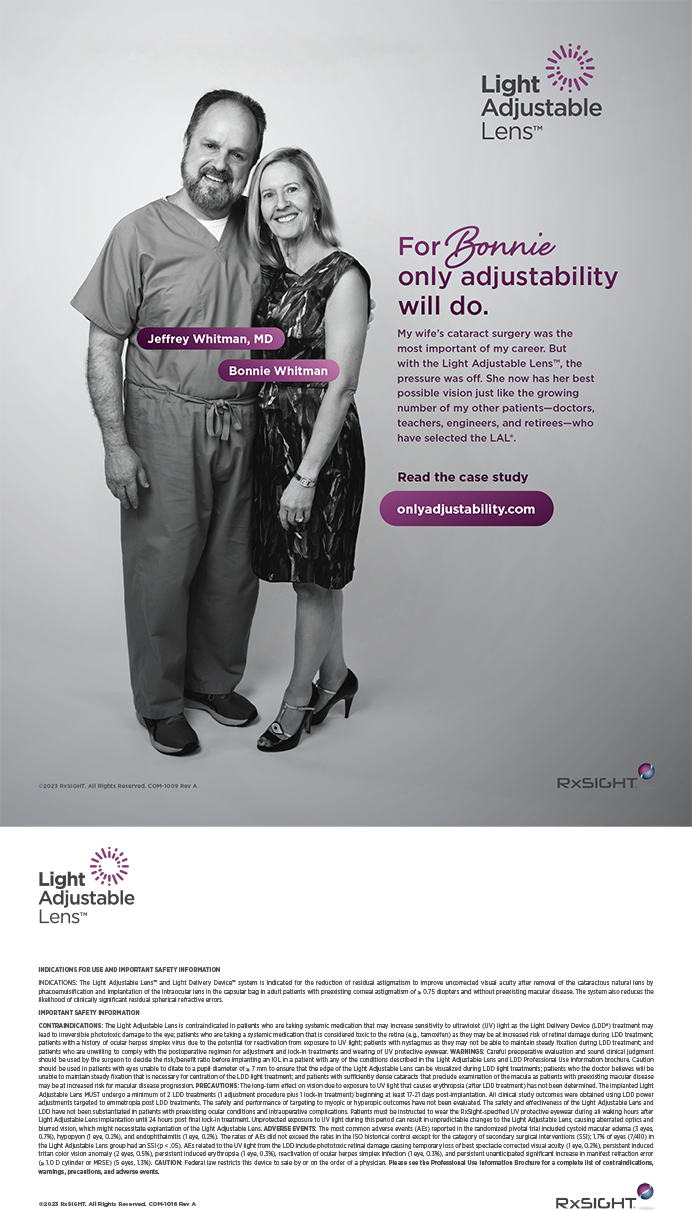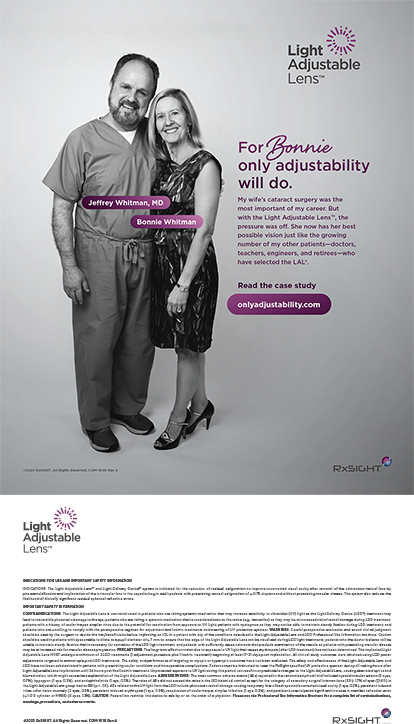
The other day, an industry friend called me to say he wanted me to try a new phaco machine from a company just entering the space. Being someone who is always looking to improve my surgical technique and outcomes, I agreed. Well-known emotions soon overtook me: anxiety over trying something new, concern for the patient and about the outcome, and frustration over logistics. I have learned that these feelings are unavoidable if I want to stay on the cutting edge of refractive eye care. Even so, I have noticed that age, experience, and complacency can hinder my and others’ drive for experimentation and willingness to change patterns of behavior.
In contrast, master innovators continually try new things, leading the way to progress and improving outcomes and technology in our field. What is it about Charles Kelman, MD; Howard Fine, MD; Richard Lindstrom, MD; Eric Donnenfeld, MD; Stephen Slade, MD; and the like? Why are they so able to break the cycle? Are they more open-minded than the rest of us? Are they more selective about what they choose to do based on their experience, gut instincts, and knowledge? Maybe they are better able to see the big picture of where the field is going. Regardless, I am glad they raise the bar for all of us.
There is more than one road toward personal innovation. We do not all have the same tolerance of risk, but we all aim to improve safety and outcomes for our patients. Aside from laser cataract surgery, there has been about a 10-year lull in refractive innovation until now. Low-add multifocal IOLs have hit the market, and a novel optic design with fresh nomenclature (extended depth of field or EDOF) has been approved by the FDA and will soon to be on the shelves. Two corneal inlays for the treatment of presbyopia are now commercially available; these devices have the potential to serve as a bridge between LASIK and cataract surgery. Meanwhile, the FDA’s approval of devices for microinvasive glaucoma surgery to be used at the time of cataract surgery gives us a new path to forge.
It is not easy to decide which new technologies to adopt and when. Those of us who sit on the fence, however, will likely find ourselves racing to catch up. Instead, let us take a cue from the master innovators and continue to move forward. n
Robert J. Weinstock, MD
Chief Medical Editor


